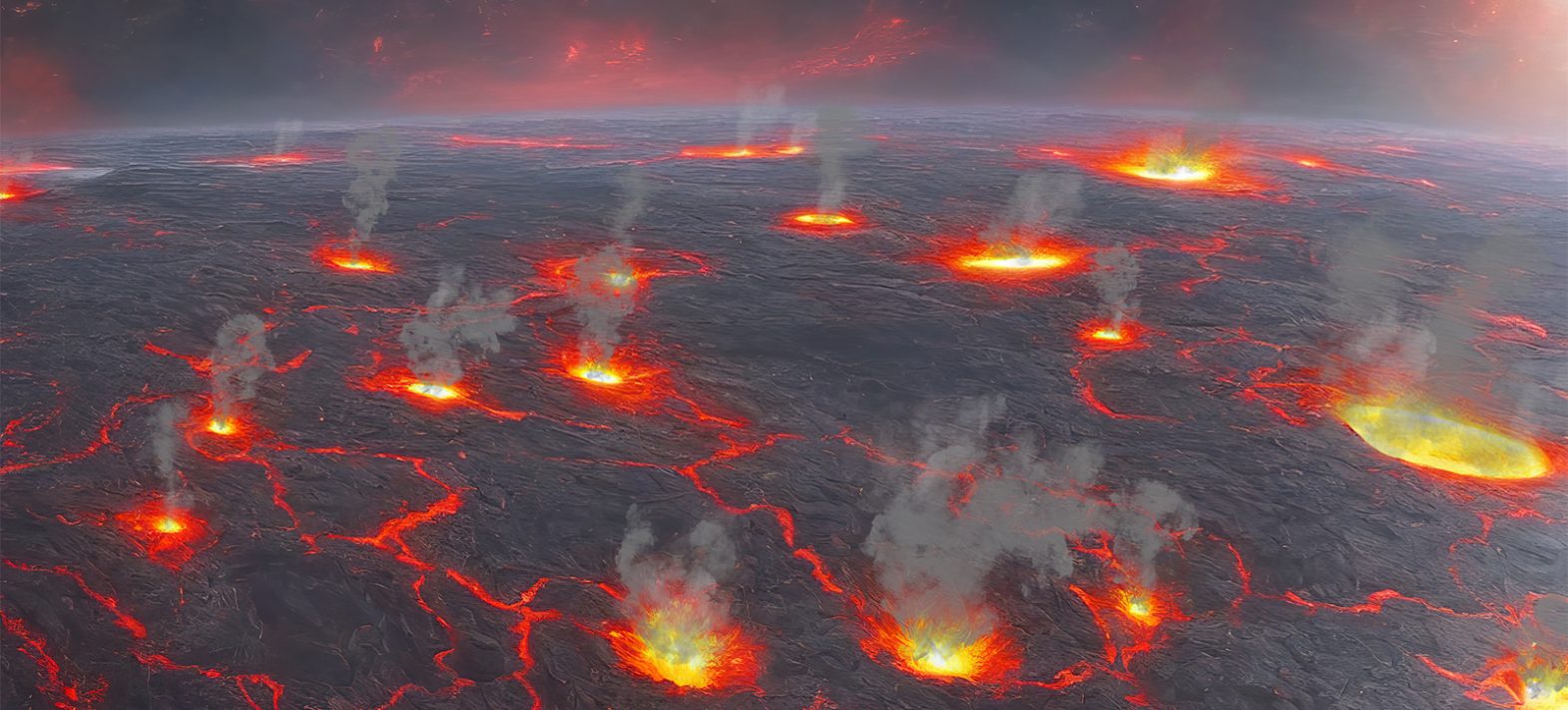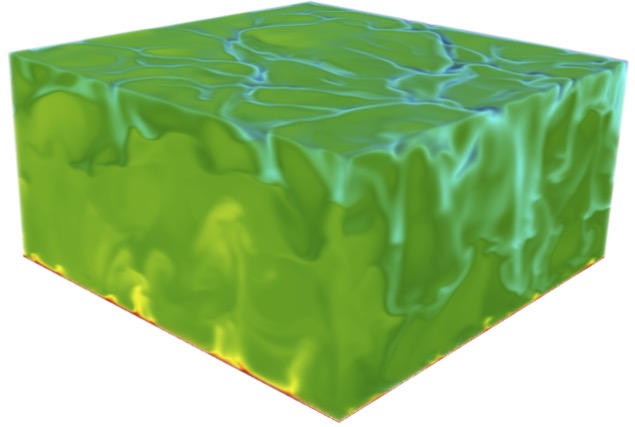The formation of planetary atmospheres less efficient than anticipated
Researchers from the IPGP - Université Paris Cité show that the degassing of volatiles at the surface of magmatic oceans is far from instantaneous.

Artist's view of a planetary magma ocean the outgassing its volatiles at the surface. © Adobe Stock - IPGP
Publication date: 06/12/2022
Press, Research
Related teams :
Planetology and Space Sciences
Related themes : Origins, Earth and Planetary Interiors









